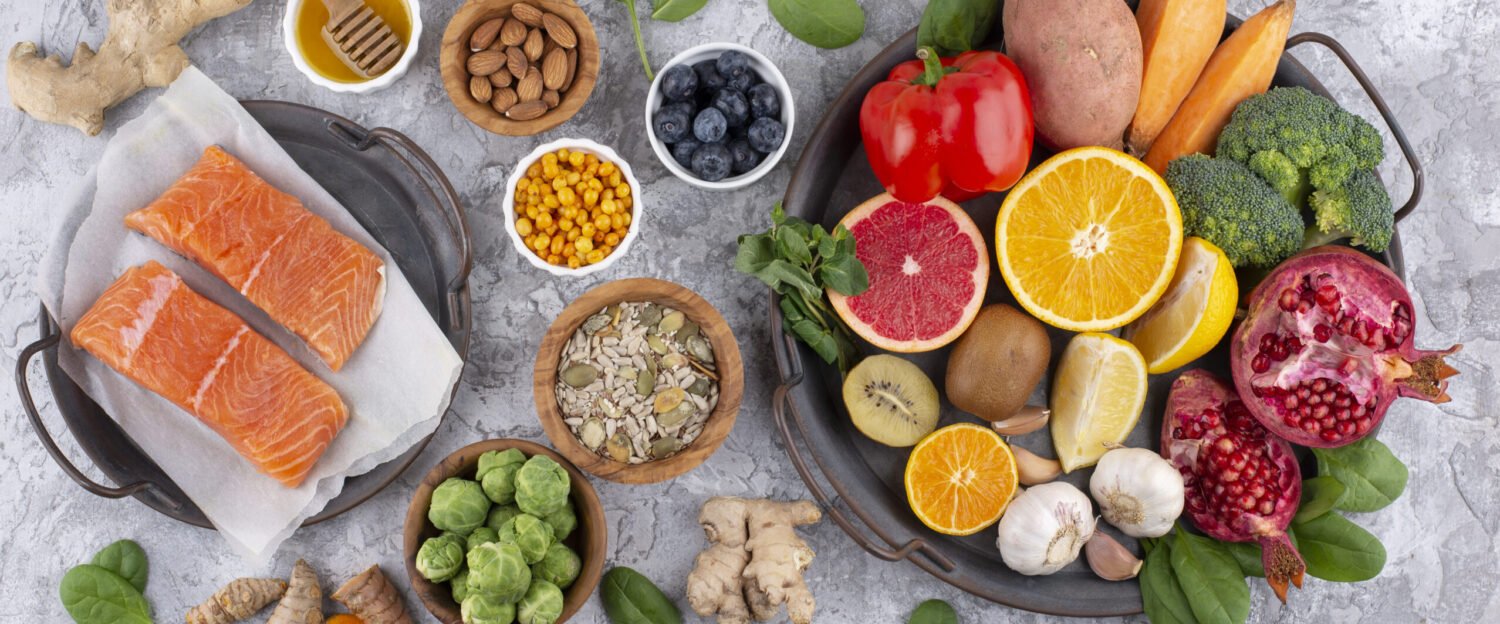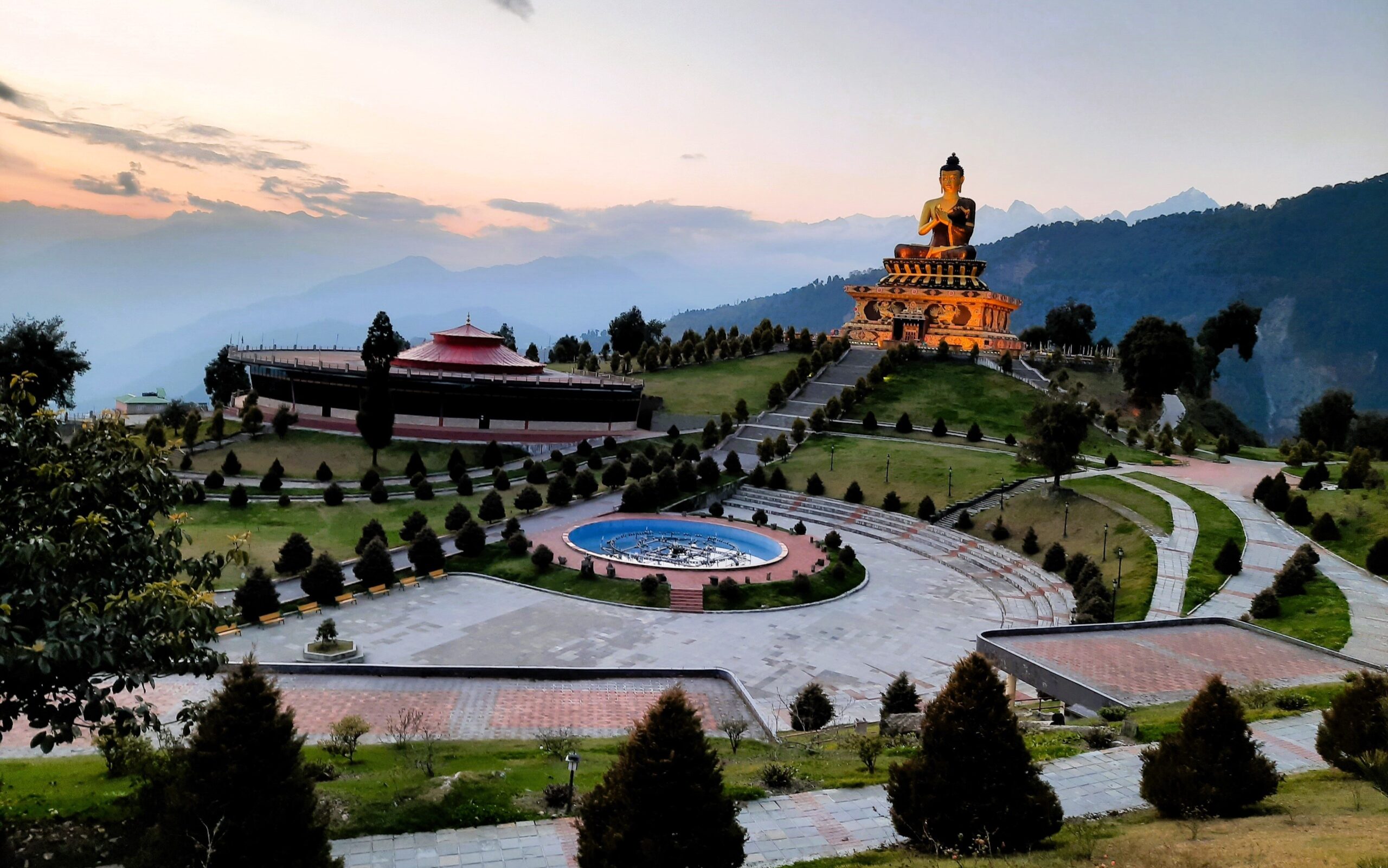
TABLE OF CONTENTS
INTRODUCTION:
Sikkim tour-Sikkim is a beautiful state in northeastern India, known for its stunning landscapes, monasteries, and vibrant culture. Gangtok, the capital of Sikkim, is a popular destination for tourists. Sikkim’s unique blend of natural beauty, cultural richness, and a commitment to sustainability make it a captivating destination for travelers seeking a Himalayan experience.
KEY ASPECTS ABOUT SIKKIM TOUR:
Sikkim is known for its stunning natural beauty, diverse landscapes, and rich cultural heritage. Here’s a general guide for a tour to Sikkim and Gangtok:
Geographic and Demographic Overview:
- Location:
- Sikkim is situated in the eastern Himalayas, bordered by Nepal to the west, China’s Tibet Autonomous Region to the north and east, Bhutan to the southeast, and the Indian state of West Bengal to the south.
- Capital:
- The capital and largest town of Sikkim is Gangtok.
- Area and Terrain:
- Sikkim is the second smallest state in India, covering an area of approximately 7,096 square kilometers. The terrain is characterized by steep mountains, deep valleys, and rivers.
- Population:
- Sikkim has a relatively small population, and it is known for its ethnic diversity. The major communities include the Lepchas, Bhutias, and Nepalis.
Natural Beauty:
- Himalayan Peaks:
- Sikkim is home to several Himalayan peaks, including the third-highest mountain in the world, Kanchenjunga.
- Flora and Fauna:
- The state boasts a rich variety of flora and fauna, and a significant portion of the land is covered by forests. Sikkim is known for its biodiversity and is home to several wildlife sanctuaries and national parks.
- Lakes and Rivers:
- Sikkim features picturesque lakes such as Tsomgo Lake and Gurudongmar Lake. The Teesta River flows through the state, offering opportunities for river rafting.
Cultural and Religious Heritage:
- Monasteries:
- Sikkim tour is known for its monasteries, including Rumtek Monastery, Enchey Monastery, and Pemayangtse Monastery. These monasteries are not only religious centers but also architectural and cultural landmarks.
- Festivals:
- The people of Sikkim celebrate various festivals, including Losar (Tibetan New Year), Dashain, Tihar, and Saga Dawa. These festivals showcase the cultural diversity of the state.
Economy and Agriculture:
- Tourism:
- Tourism is a significant part of Sikkim’s economy. The Sikkim tour attracts visitors with its natural beauty, trekking routes, and cultural attractions.
- Organic Farming:
- Sikkim has gained recognition for being the first organic farming state in India. The state government has actively promoted sustainable and organic agricultural practices.
Travel Tips Sikkim Tour:
Permits:
- During Sikkim tour, especially near the border with China, require special permits – Check for Nathula Pass. Make sure to obtain the necessary permits in advance.
Local Cuisine:
- Don’t miss out on trying local Sikkimese dishes, including Momos, Thukpa, and Chow mein.
- Respect local customs and traditions, especially when visiting monasteries.
- Dress in layers as temperatures can vary.
- Remember to check for any travel advisories – TRIPADVISOR or updates before planning your trip. Enjoy your Sikkim tour and Gangtok!
Connectivity:
In Sikkim tour – Pelling and Gangtok are connected by road, and the journey between them offers beautiful views of the Himalayas.
Both Pelling and Gangtok are located at higher altitudes, so it’s essential to acclimatize gradually to prevent altitude sickness.
At Sikkim tour, weather can be unpredictable, so it’s advisable to pack accordingly, especially if you plan to visit high-altitude areas.
Sikkim Tour Itinerary:
DAY1: Siliguri to Gangtok
Reached Siliguri Airport and travelled to Gangtok city. Checked in hotel and took rest for sometime and had a night walk to MG road – the road was really splendid, vehicles are not allowed to this road. pedestrians enjoy walking here and seating available on side of the road. Enjoy the ambiance of the road sitting and floral view.
MG Road had restaurants, shopping on both sides of road. Lifetime experience spending time on the road in evenings till we stayed in gangtok. Kids had fun roaming and playing around. Finished our dinner and rest at hotel. Tried Thukpa and chow mien, momos. we liked momos in ROLL HOUSE and chow Mein.
DAY2: Gangtok Local Sightseeing
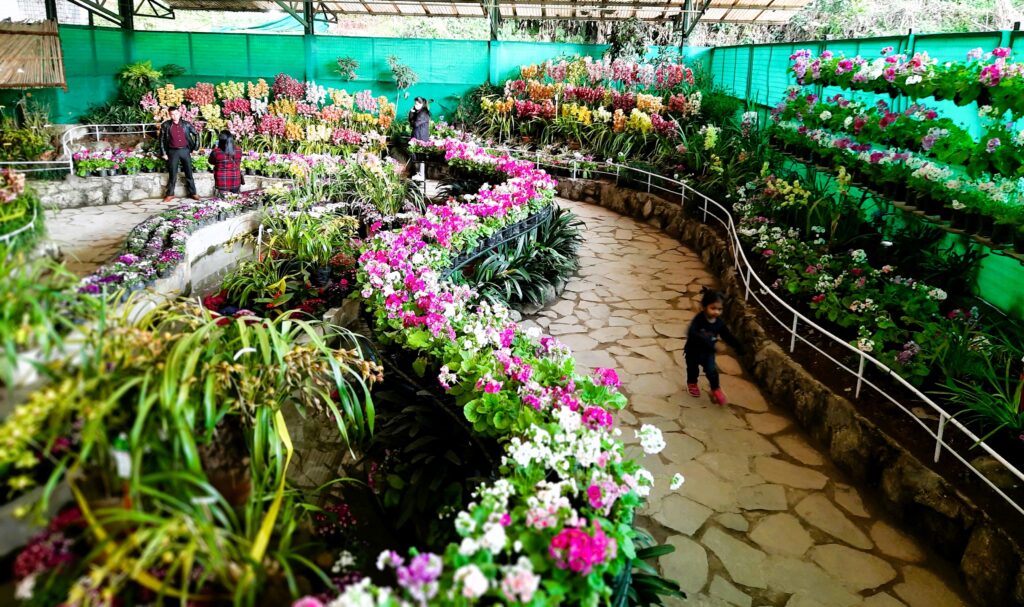
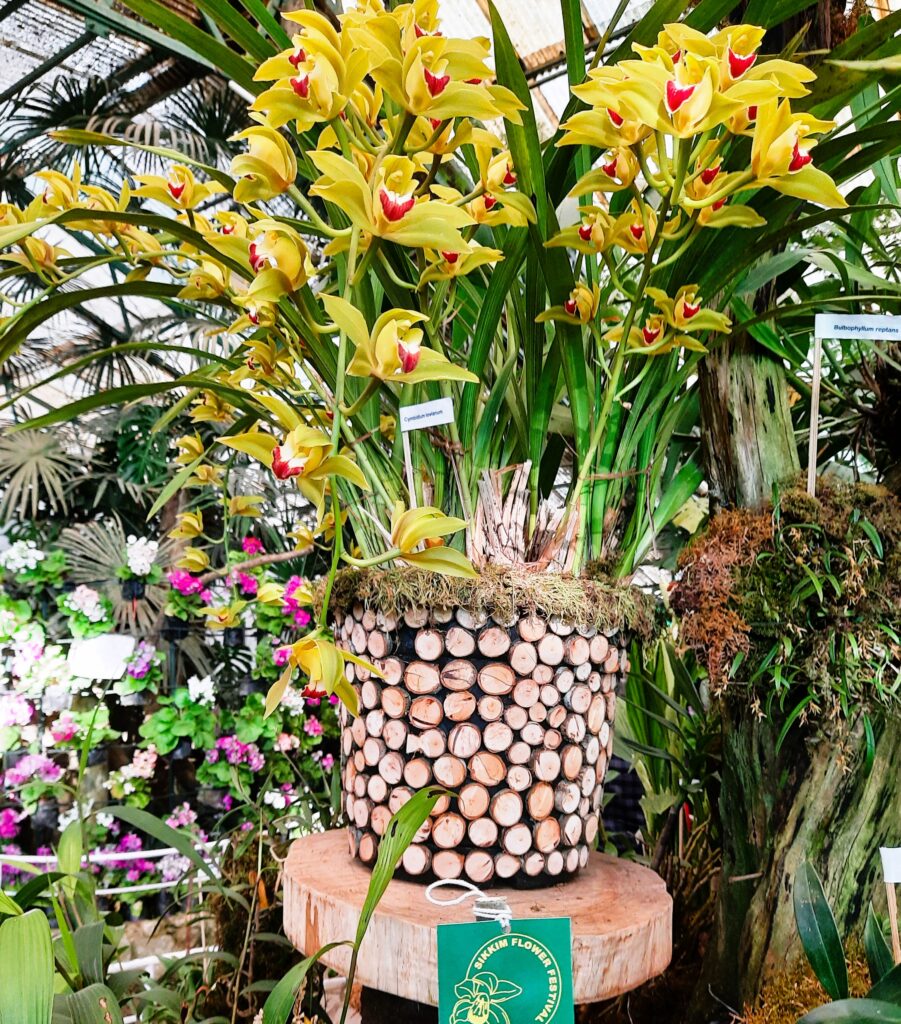
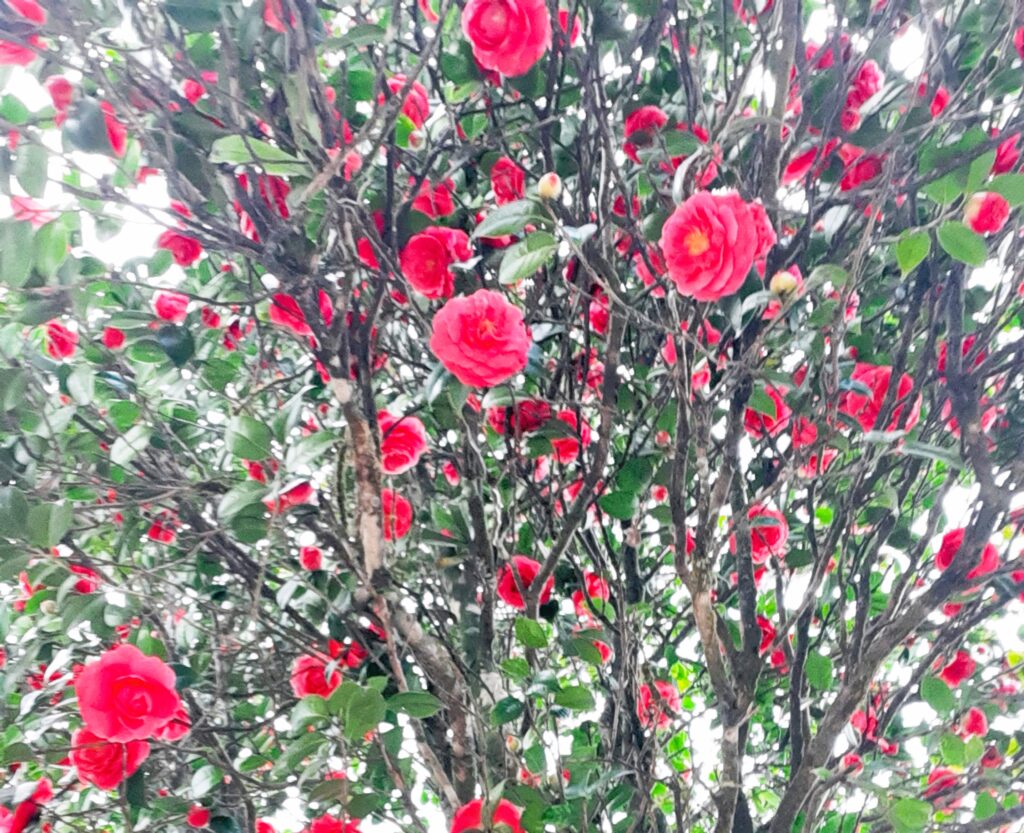
The view from hotel was awesome – watching snow mountains in front of us. Morning had yummy breakfast and started for exploring Gangtok local sightseeing. The Sikkim tour starts with Tashi View Point looks so cloudy and very chill. Have your woolen wear and fully packed head to toes.
Visited Ganesh Tok and Hanuman Tok, Banjakhri falls was awesome really. Personally enjoyed and liked the place around. Flower Show is another must place to visit. Wide Variants in flowers and these many colors’ in orchids, petunia, roses cant watch any where. My eyes are not enough to capture those floral scenes. Evening to MG Road again had walk and finished shopping and dinner. Back to hotel and rest for the night.
DAY3: Gangtok to Changu/Tsomgo Lake
After Breakfast, Started for Changu lake, very high altitude. On the way seen many kids vomitted. Carry some precautions for high altitude areas – smell these things ajwain, zandu balm, lemon or medicine to avoid nausea. Eat less and try to sleep. Reached Changu lake, which is frozen and cool.
Purchased the cable ride ticket and reached top of the mountain. Snow was little skiddy.. i fell down many times. Suddenly the clouds attacked and every one rushed inside…its really deadly freezing at that moment. kids crying and to be warm had some coffee, hot water – we mostly carry in thermal. Ordered 2 times but hot Maggie used to become cold while we collect and sit on our table.
Had fun with Yak ride around the Tsomgo lake – Yak ride is different from horse ride. Sliding on and playing with snow along my kid – overjoying. Scenery was picture perfect. Return to Gangtok and evening walk at MG road, tried famous restaurants for dinner – TASTE OF TIBET, DRAGON WOK, BAKERS CAFE (Some chocolates, cookies and cream rolls) and rest for the night at hotel.
DAY4: Gangtok to Pelling:
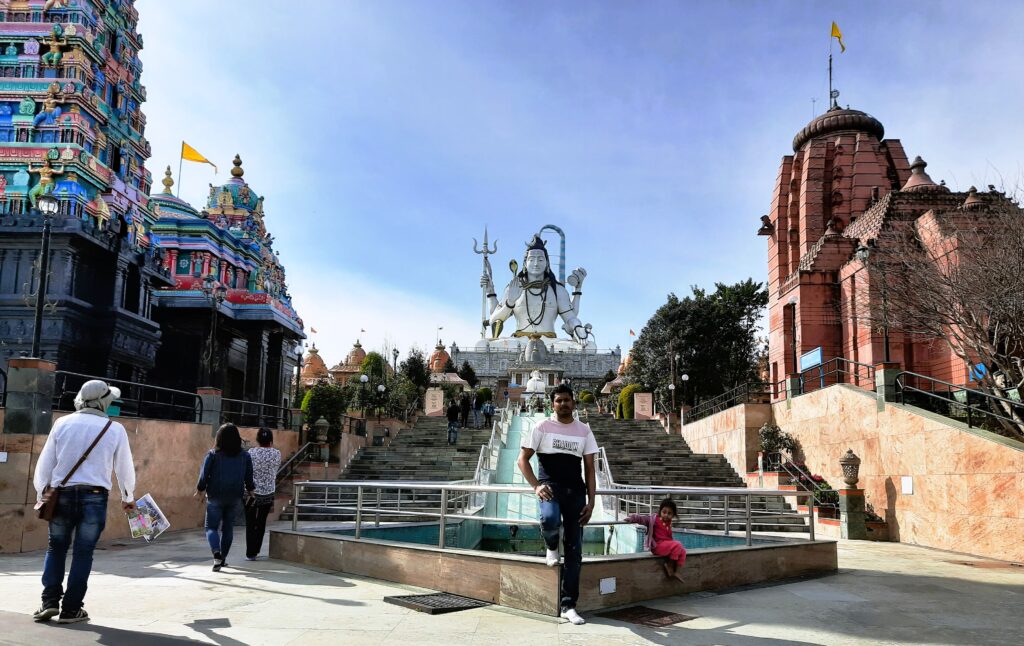
- Pelling is a town in the West Sikkim district of Sikkim, India. Travelled to Gangtok by 8am to Pelling via Namchi and Ravangla around 110km, On the way, at Namchi visited CHAR DHAM TEMPLE and at Ravangla viewed beautiful BUDDHA PARK. Both places are high altitude. Reached hotel in Pelling by 7pm. Roads are scary and rash driving by driver made us very mad. Had dinner and rest for the night.
DAY5: Pelling Local Sightseeing:
Sikkim tour has calming and charming view from balcony and had breakfast. Started for Pelling local sightseeing. Visited Rimbi waterfalls, Kanchenjunga waterfalls, Darap Village, Orange Garden. Chardham is a divine places having replica temples of Badrinath, Puri Jaganath, Dwaraka, Rameshwaram. At center, Big lord Shiva Statue was placed. Around Shiva god, 12 Jyotirlingas are present. All places were really pleasant and eye-catching views. Back to hotel and went for a walk and explored near by places. Finished our dinner and rest for the night. Sikkim tour ends here and return to Hyderabad the next day.
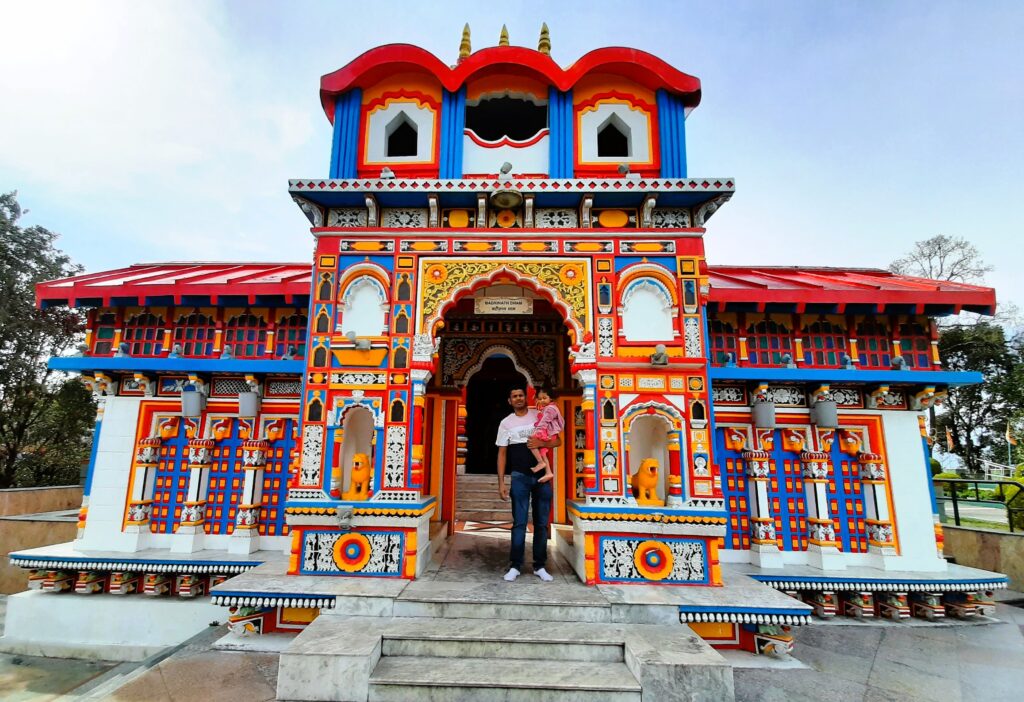
THINGS TO PACK FOR SIKKIM TOUR:
Packing for a Sikkim-Gangtok tour requires consideration of the diverse weather conditions, varying altitudes, and the activities you plan to undertake. Here’s a comprehensive list of items to pack for your trip:
Clothing:
- Layered Clothing:
- Pack layers, including thermal wear, as temperatures can vary, especially in higher altitudes.
- Jackets:
- Carry a warm, waterproof jacket for cooler temperatures.
- Comfortable Walking Shoes:
- Good quality, comfortable shoes for walking and trekking.
- Rain Gear:
- A waterproof jacket and pants, or a poncho, for unexpected rain showers.
- Hiking Boots:
- If you plan on trekking, sturdy hiking boots are essential.
- Gloves and Hat:
- Warm gloves and a hat for colder temperatures.
Essentials:
- Travel Documents:
- ID, permits (if required), hotel bookings, and any other relevant documents.
- Medications:
- Basic first aid kit, any personal medications, and altitude sickness medication.
- Water Bottle:
- Stay hydrated, especially at higher altitudes.
- Snacks:
- Energy bars, nuts, and other snacks for on-the-go.
- Check for Toddlers/kids Travel food
- Camera:
- Capture the stunning landscapes, monasteries, and cultural experiences.
- Portable Charger:
- Keep your electronic devices charged, especially if you plan on using them for navigation or photography.
Personal Items:
- Toiletries:
- Toothbrush, toothpaste, soap, shampoo, and any other personal hygiene items.
- Sunscreen and Lip Balm:
- The sun can be strong at higher altitudes.
- Towel:
- A quick-dry travel towel is convenient.
- Sunglasses:
- Protect your eyes from the sun’s glare.
- Personal Identification:
- Carry a photocopy of your ID and passport.
Miscellaneous:
- Backpack:
- A comfortable daypack for short excursions.
- Travel Adapter:
- Sikkim uses the Type D electrical outlet; bring an adapter if needed.
- Flashlight or Headlamp:
- Handy for power outages or evening walks.
- Local Currency:
- Carry some cash for small purchases, as credit cards may not be accepted everywhere.
- Travel Guidebook:
- Learn more about the local culture and attractions.
Optional:
- Binoculars:
- If you enjoy bird watching or want a closer look at the Himalayan scenery.
- Notebook and Pen:
- Journal your experiences or jot down important information.
- To know how to travel with kids or toddlers, check below link – Toddlers Travel Tips
PLACES TO VISIT IN SIKKIM TOUR:
Here is the list of places to visit in Sikkim tour:
- Nathula Pass:
- If Sikkim tour is open to tourists, Nathula Pass on the Indo-China border is a must-visit. The journey to Nathula offers breathtaking views of the Eastern Himalayas.
- Rumtek Monastery:
- A significant monastery, Rumtek is known for its exquisite architecture and as the seat of the Karmapa Lama.
- Enchey Monastery:
- Another monastery worth visiting, Enchey is known for its scenic location and religious significance.
- Tashi Viewpoint:
- Offers panoramic views of the snow-capped mountains, especially Kanchenjunga, the third-highest peak in the world.
- Banjhakri Falls:
- A beautiful waterfall surrounded by a park, offering a peaceful environment.
- MG Marg:
- MG Marg is the main street in Gangtok and a hub for shopping, dining, and entertainment. It’s a pedestrian-only zone and a great place to experience the local culture.
- Ganesh tok and Hanuman tok:
- Hindu temples in Gangtok-Nice view and pleasant ambience.
Sikkim Tour Nearby Attractions:
- Tsomgo Lake (Changu Lake):
- Located about 40 km from Gangtok, this high-altitude lake is known for its serene beauty.
- Yumthang Valley:
- If your trip allows, consider a visit to Yumthang Valley, famous for its picturesque landscapes and hot springs.
- Gurudongmar Lake:
- One of the highest lakes in the world, it’s a sacred site and offers stunning views.
- PELLING:
- Pemayangtse Monastery:
- One of the oldest and most significant monasteries in Sikkim, offering panoramic views of the surrounding mountains.
- Khecheopalri Lake:
- A sacred lake known for its clear water and serene surroundings. It is believed to be a wish-fulfilling lake.
- Rabdentse Ruins:
- The ruins of the second capital of the former Kingdom of Sikkim, providing historical and archaeological interest.
- Sangacholing Monastery:
- Another important monastery in Pelling, known for its religious and cultural significance.
- Darap Village:
- A charming village near Pelling, known for its homestay experiences and traditional Sikkimese culture.
- Rimbi Waterfall and Kanchenjunga Falls:
- Scenic waterfalls surrounded by lush greenery.
How to Reach Gangtok/Sikkim from Hyderabad:
Sikkim tour:
Try to prebook the flight or train tickets with proper planning – Fix the date, Search for offers/discounts, prebook at least 1-2months. Track SKYSCANNER for flight tickets or GOIBIBO to book the tickets.
By Air:
- Fly to Bagdogra Airport:
- The nearest airport to Gangtok is Bagdogra Airport (IXB) in West Bengal.
- You can book a direct flight from Hyderabad to Bagdogra.
- From Bagdogra to Gangtok:
- After arriving at Bagdogra Airport, you can hire a taxi or take a shared cab to Gangtok.
- The journey from Bagdogra to Gangtok takes approximately 4-5 hours, depending on road conditions.
By Train:
- Train to New Jalpaiguri (NJP):
- There are no direct trains from Hyderabad to Gangtok. However, you can take a train to New Jalpaiguri (NJP) railway station, which is the nearest major railway station.
- 12513 – SC GHY EXPRESS. Special Train. Classes3A, 2A, 2S, SL. 04:35 PM. SC. 1 day 11 hrs 55 mins. (1452 KM) 04:30 AM. NJP.
- 07030 – SC AGTL SPL. Special Tatkal. Classes3A, 2A, 2S, SL. 04:35 PM. SC. 1 day 12 hrs 5 mins. (1452 KM) 04:40 AM. NJP.
- From NJP to Gangtok:
- After reaching NJP, you can hire a taxi or take a shared cab to Gangtok.
- The road journey from NJP to Gangtok takes around 4-5 hours.
By Road:
- Private Taxis or Shared Cabs:
- You can hire a private taxi or take a shared cab from Bagdogra Airport or NJP to Gangtok.
- The road journey offers scenic views of the Himalayas.
- Bus Services:
- There are also bus services available from Siliguri (near Bagdogra) to Gangtok. However, the journey may take longer compared to taxis.
It’s recommended to check the current travel guidelines and conditions before planning your trip, as these details may change. Additionally, you can consult with local travel agencies for assistance in arranging transportation and obtaining permits.
Best Time to Visit Sikkim Tour:
- The best time to visit Sikkim is from March to June and September to November when the weather is pleasant.
Shopping In Sikkim:
Shopping in Sikkim can be a delightful experience, offering a variety of local products and traditional handicrafts. Here are some items you might consider buying during your shopping spree in Sikkim:
- Handwoven Carpets and Rugs:
- Sikkim is known for its intricately woven carpets and rugs. Look for traditional designs and vibrant colors.
- Thangka Paintings:
- Thangkas are traditional Tibetan Buddhist scroll paintings depicting deities, scenes, or mandalas. These make for unique and spiritually significant souvenirs.
- Sikkimese Tea:
- Sikkim produces some excellent tea, and you can buy locally grown and processed tea leaves. Temi Tea Estate is particularly famous.
- Traditional Sikkimese Attire:
- Explore local markets for traditional Sikkimese clothing like Bakhu and Kho, worn by the locals during festivals.
- Handicrafts and Wooden Items:
- Look for intricately carved wooden items, masks, and other handicrafts showcasing the artistic skills of the local craftsmen.
- Local Sikkimese Jewelry:
- Traditional jewelry made of silver and adorned with semi-precious stones is often available in local markets. These pieces are unique to the region.
- Tibetan Artifacts:
- Due to its proximity to Tibet, you can find Tibetan artifacts, prayer flags, and Buddhist ritual items in the markets.
- Spices and Organic Products:
- Sikkim is known for its organic farming. You can purchase local spices, organic jams, and honey.
- Dzi Beads:
- Considered to be a powerful protective amulet in Tibetan culture, Dzi beads are often available in Sikkim. They come in various designs and are believed to bring good fortune.
- Sikkimese Handicrafts:
- Explore local markets for a variety of handicrafts such as handwoven shawls, traditional bamboo items, and handmade paper products.
Conclusion:
Remember to explore the local markets in Gangtok, such as MG Marg, Lal Bazaar, and New Market, for a diverse range of shopping options. Always feel free to engage with local shopkeepers to learn more about the products and their cultural significance.
Both Pelling and Gangtok contribute to the unique charm of Sikkim, offering a blend of natural beauty, cultural richness, and adventure opportunities. Travelers often include both destinations in their itinerary to experience the diversity that Sikkim has to offer. Additionally, consult with your tour operator or locals for any specific items you might need for the activities you’ve planned.
